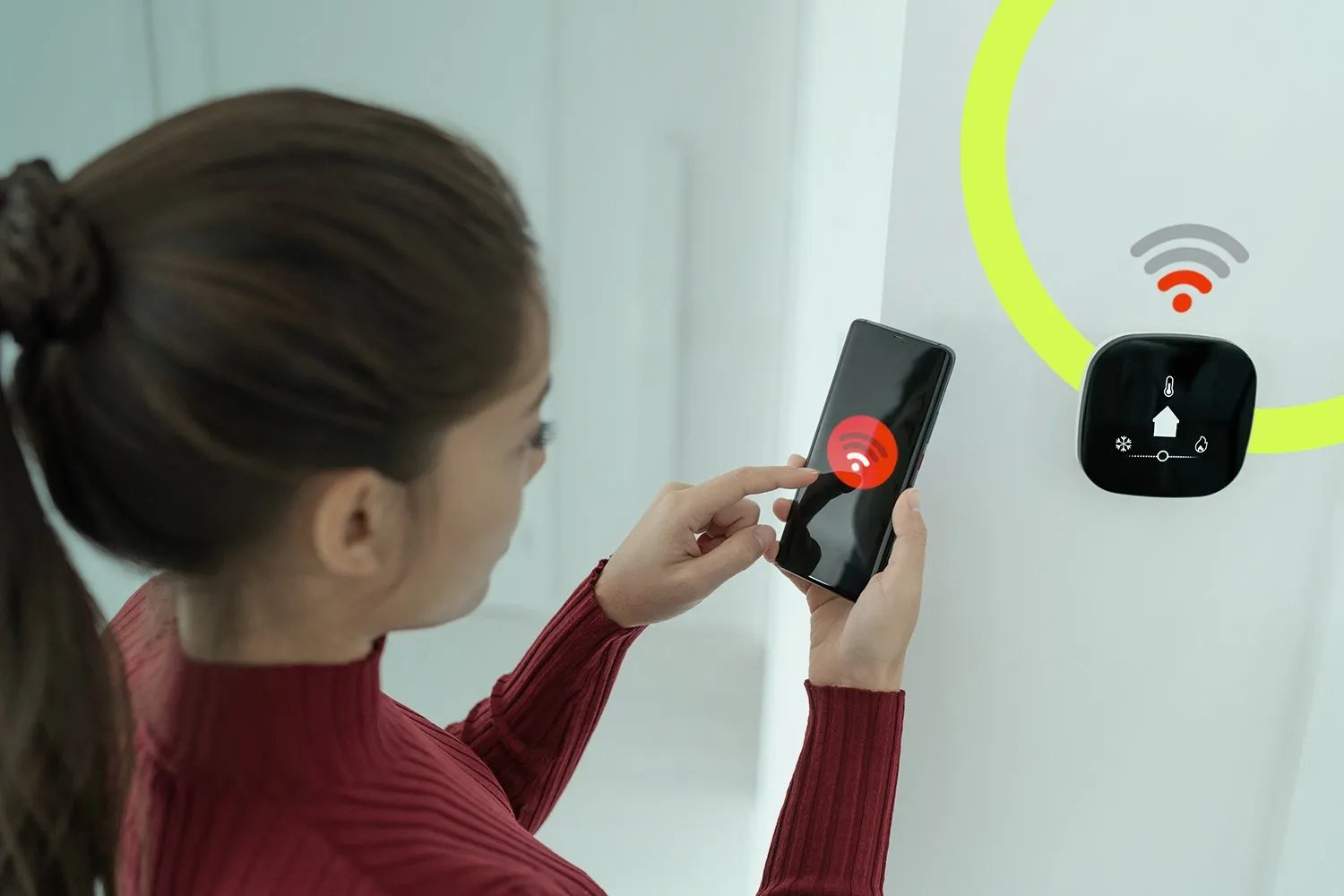5 consumer misconceptions that complicate smart home support

Most people don’t fully understand their home networks or their smart home connected devices—let alone how the two interact. For your support team, this can be painful to troubleshoot and forces agents to try and educate customers with the hope that they won’t call in again with the same issue.
Let’s explore some of the common misconceptions consumers have about smart home devices, and why they’re so problematic.
“My device won’t connect, so there must be something wrong with it.”
When a smart home device won’t connect to the home network, a consumer’s first assumption is usually that there’s something wrong with the device. That turns into a contact in your support center at best—and at worst, an RMA.
Chances are, it’s not the device’s fault. Often, it’s the result of issues within the customer’s WiFi network that are time-consuming and difficult for smart home support agents to resolve.
“My device won’t connect, so it must be a problem with my internet.”
On the flip side, this misconception can be just as problematic as the previous one. If a customer assumes that a connectivity issue is because their internet is acting up, there’s a chance they’ll call their ISP first to try and resolve the issue.
When that happens, there’s a chance the ISP support agent will be able to help them. But because these agents often aren’t trained on every possible issue that can happen with every possible smart home device, they may not be able to help. This will likely bring the customer back to you after they’ve already spent too long trying to resolve the issue, and will likely start off an interaction in a state of aggravation.
“It doesn’t matter how many devices I have, my network can handle it.”
When a consumer buys that shiny new smart speaker in a Black Friday sale, the last thing on their mind is whether their network is going to be able to support it. Most consumers may not even realize that networks have limits to the number of devices they can support.
In these cases, support calls can quickly become tedious because the agent has no line of sight to all of the devices the customer has that they might have forgotten about. All the agent knows is that this particular device won’t connect—not that 10 smart light bulbs, a fridge, several existing speakers, and a full home security system could be complicating the network.
“As long as the device is in my home, it won’t have any problem with my WiFi network.”
This might be an issue we talk a lot about with internet service providers—but it’s just as important for smart home brands to know. Consumers generally don’t understand how their WiFi networks work, and that can make any troubleshooting on those networks problematic.
For example, let’s say a customer has one router in a back corner of their basement and doesn’t understand why their new thermostat won’t connect in the third-floor office. They’ll call in, expecting your support team to be able to resolve the issue. But since support agents rarely have any visibility into the network setup, they won’t necessarily be able to identify that the issue is that the customer needs a pod, not that there’s a device malfunction.
“All WiFi is the same.”
Here’s a story about a consumer who tried to install a smart plug in her living room. She already had a couple of smart speakers set up, so it couldn’t be that difficult, right? But that one plug turned into a three-hour adventure of splitting her 2.4-GHz and 5-GHz frequencies because the plug couldn’t identify it when they were combined by the router.
Luckily, that consumer (yes, this writer) knew from experience with the smart home industry that most devices connect to a 2.4-GHz network. But most consumers don’t have that knowledge, and it becomes an invisible issue when modern routers combine the two frequencies and devices can’t independently identify which band they need in that format.
This sort of support call doesn’t just turn into technical support. It turns into hours and hours spent trying to find a solution; a lengthy exercise in customer education for an agent if the customer calls in; and a chance of churn if the customer gives up trying to resolve the issue.
So how do you correct these misconceptions?
When customers don’t understand their smart home devices and their home networks, it can be incredibly painful for ISP support teams. But there are ways to help them understand—from self-service support options that can identify issues and guide consumers to resolutions to supporting customer education pieces that agents can hand out on calls.
Because when you can head off misconceptions that lead to complicated troubleshooting calls, you can create a simpler resolution process for everyone involved. RouteThis provides the tools to simplify ISP support processes.
